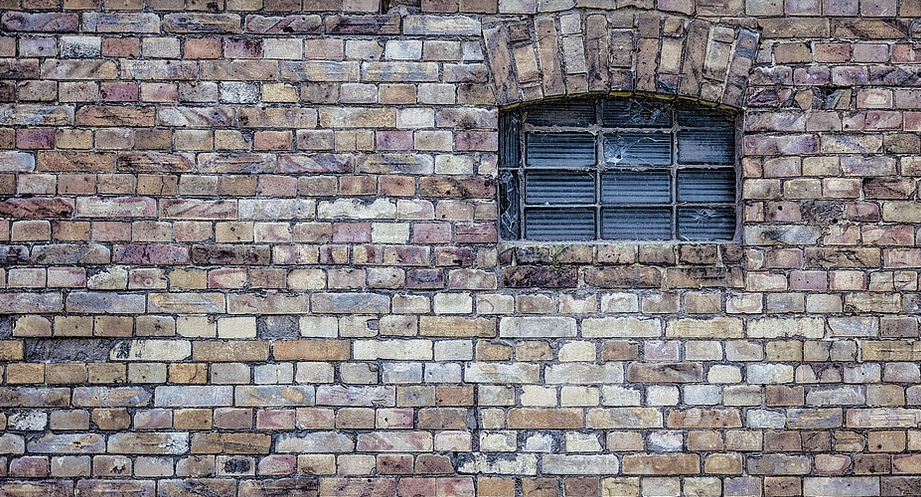The Mystery of the Meter
Picture this: you’re on the mound, wind whipping through your hair, eyes locked on the batter whose face is a stone-cold mask. The roar of the crowd fades away as your focus narrows down to that single point, the heart of the game – the catcher’s mitt just inches from home plate. You grip the ball, release it, and watch the arc follow its path.
But what separates a good pitcher from an MVP? It’s not just about arm strength or lightning-fast reflexes. The secret lies in understanding the elusive magic of pitching distance. In slow pitch softball, this distance can be a wild ride, making for some truly thrilling games!
Slow pitch softball’s unique distance throws a curveball at the traditional baseball game. Forget the 60-foot mound; here, we’re talking about a range that can shift depending on factors like the age of the players and even their individual preferences.
So, what’s the magic number? Well, it isn’t as straightforward as you might think. The standard pitching distance in slow pitch softball is usually around 43–46 feet. But there are variations that can add a thrilling twist to the game.
The reason for this subtle dance between distance and skill lies in the very core of the game – it’s all about control and strategy. The longer distance allows pitchers to rely on their precision, aiming for specific points, rather than relying solely on brute force.
This unique setup also introduces an element of surprise into the sport. The batter’s reaction times are challenged by a wider arc of the pitch. This can lead to more strategic approaches, with batters having to anticipate every move.
Now that you’ve got a glimpse of the magic numbers, let’s delve deeper into what makes this distance so special.
Factors Influencing Pitching Distance
The world of slow pitch softball is an unpredictable one. A pitcher’s success often hinges on factors beyond just the distance, like their style and build, their age, and even the weather conditions.
Here’s a closer look at some key elements that play a crucial role in determining the ideal pitching distance:
**1. The Player Factor:** Every young athlete has different strengths and weaknesses. Some pitchers naturally develop better control over a longer distance, especially as they grow older and build physical maturity.
**2. The Game Structure:** In slow pitch softball, teams can choose between regular pitching distances, or they may opt for variations like a shorter distance to enhance game flow and excitement.
**3. The Field’s Design:** The field size plays a crucial role. A large field allows for more space, which translates to longer pitches.
**4. Weather Conditions:** Don’t underestimate the power of the weather! Winds can influence a pitcher’s ability to control their pitch. It could lead to adjustments in distance based on what kind of wind is blowing.
**5. Personal Preferences:** Some pitchers thrive on shorter distances, while others prefer longer pitches for a more challenging and exciting game.
The beauty of slow pitch softball lies in its adaptability! The focus remains primarily on honing pitching skills. Whether it’s adjusting the distance to suit the players and their abilities or embracing the unpredictable nature of the game, the magic unfolds.
Beyond the Distance: Mastering Pitching Strategy
With the distance in place, mastering the art of slow pitch softball pitching goes beyond just throwing the ball. It’s about understanding how each element factors into a successful pitch.
Here’s what you need to know:
**1. Mastering Grip and Release:** A strong grip is essential for consistent power and control, ensuring accurate throws every time.
**2. Pitching Mechanics and Form:** A focus on technique will improve your pitch’s trajectory and velocity, leading to a more powerful throw.
**3. Analyzing the Batter:** Pay close attention to the batter’s body stance, footwork, and reaction time. This knowledge helps strategize the best way to challenge them, making for an engaging game of skill.
**4. Strategic Pitching:** Mix it up! Utilize different pitches like fastballs, curveballs, and changeups, keeping the batter guessing.
**5. Mental Strength:** The more you play, the better you become at reading the batter’s reactions. This helps in strategizing your next move.
Remember, success in slow pitch softball is about a perfect combination of skill and strategy! It’s not just about throwing hard; it’s about understanding how to throw effectively to challenge the batter and achieve victory!
Slow pitch softball has a unique charm and excitement that comes from a blend of skills. It’s all about learning the art of pitching, mastering control, and finding your rhythm on the field.
